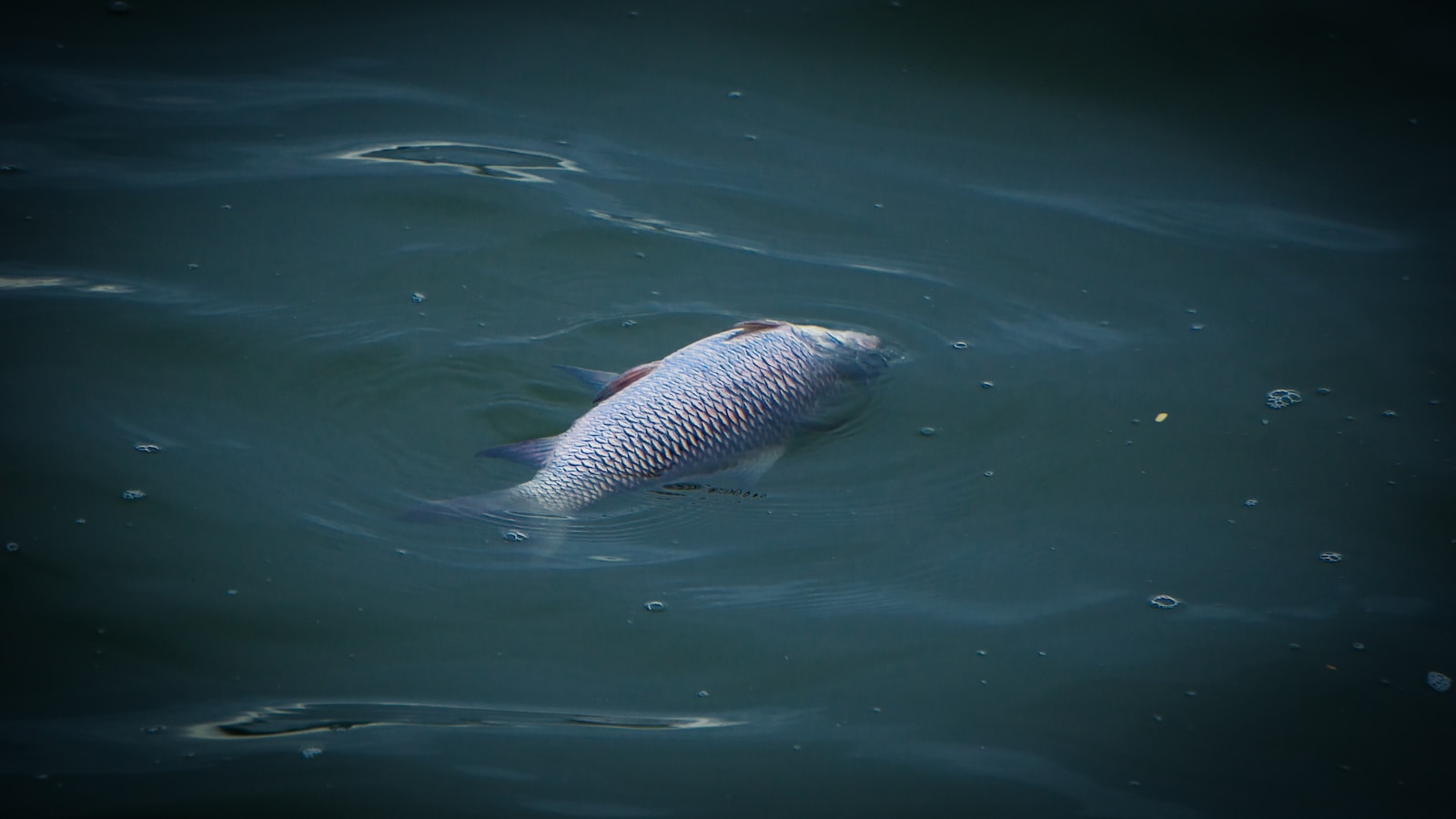Table of Contents
ToggleIntroduction
Over the weekend, tens of thousands of dead fish washed up on the Gulf coast of Texas, covering the shoreline with rotting carcasses. The phenomenon, known as a “fish kill,” is common in the summer as temperatures rise and oxygen levels in the water drop. In this case, low levels of dissolved oxygen made it difficult for the fish to breathe, leading to their deaths. Here’s what you need to know about this incident and what it means for the environment.
The Cause of the Fish Kill: Low Oxygen Levels
The Texas Parks and Wildlife Department officials have identified low levels of dissolved oxygen in the water as the cause of the fish kill. Dissolved oxygen levels in water increase with photosynthesis, but when there is less sunlight, photosynthesis slows and, at night, it stops. However, plants and animals in the water continue to consume oxygen at the same rate, decreasing its concentration. This is what happened in this instance, according to Texas Parks and Wildlife Department officials.
Fish Kills and Climate Change
While no one has connected this specific incident to climate change, researchers have said such kills may become more prevalent as temperatures warm and oxygen levels in lakes across the United States and Europe drop. Fish kills are not uncommon during the summer months, but this incident has raised concerns about the impact of climate change on aquatic ecosystems. As temperatures continue to rise and oxygen levels drop, we may see more frequent and severe fish kills in the future.
Gulf Menhaden Most Affected by the Kill
Gulf menhaden, a species commonly used for bait, was the most affected by the fish kill. This is a concerning development for fishers, as it could impact their livelihoods. Gulf menhaden is also a popular snack for sea animals. The mass fish death could lead to a nutrient pulse into the environment, which could increase food availability for other marine life, creating a “circle of life,” according to Katie St Clair, the manager of the sea life facility Texas A&M University at Galveston.
Benefits of Mass Fish Death
While the mass fish death may seem like a disaster, it could have some benefits for the environment. As mentioned earlier, the nutrient pulse into the environment could lead to increased food availability for other marine life, creating a “circle of life.” Additionally, the dead fish could serve as food for scavengers and other animals, reducing waste and contributing to the ecosystem’s overall health.
Implications for the Environment
The mass fish death has prompted local officials to warn visitors to stay away from the affected areas. Quintana Beach has been mostly cleared of the dead fish, but some remain that machinery couldn’t remove. While it’s not clear whether this specific incident is related to climate change, it serves as a reminder of the importance of protecting our planet’s ecosystems and taking steps to mitigate the impacts of climate change. As temperatures continue to rise and oxygen levels drop, we may see more frequent and severe fish kills, which could have serious implications for aquatic ecosystems and the people who rely on them.
Conclusion
In conclusion, the mass fish death that occurred on the Gulf coast of Texas is a concerning development that raises questions about the impact of climate change on our planet’s ecosystems. While the incident may have some benefits for the environment, such as providing a nutrient pulse into the ecosystem, it could have serious implications for aquatic life and the people who rely on it. As temperatures continue to rise and oxygen levels drop, we may see more frequent and severe fish kills in the future. It’s important that we take steps to protect our planet’s ecosystems and mitigate the impacts of climate change to ensure a sustainable future for ourselves and future generations.







